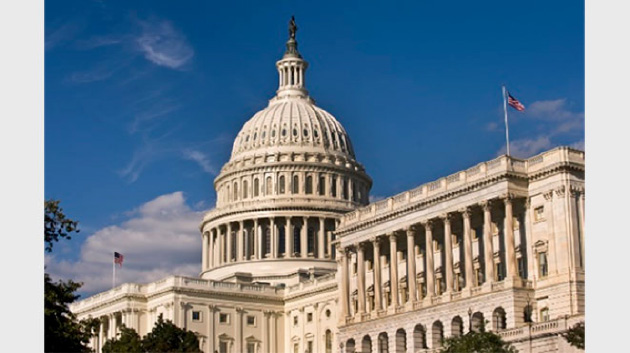Trump Budget Proposal: The PPP Is the Key to Solving the Deficit Problem
Key points in this article:
- The Trump administration estimates that government debt will increase in 2018
- Increasing tax revenue via economic growth, and cutting expenditure, can reduce government debts
- Japan should learn from the U.S. and adopt the stance of “creating wealth”
The U.S. Trump administration recently released the President’s Fiscal Year 2019 Budget. In the U.S., it is not the president, but Congress who has the final right to approve a budget. The president releases a proposal to provide an estimate for the coming year.
The U.S. government expenditure in 2017 increased by 5% to USD4.407 trillion compared to the previous year due to the military, public infrastructure investment and costs in building the Wall on the Mexican border.
The Trump administration estimates that due to the rise in expenditures, the 2018 fiscal deficit will reach USD984 billion.
The PPP Will Lower Debts
The U.S. government debts have already reached USD20 trillion. While some are of the opinion that the debt will continue to increase, President Trump is working to decrease it by reducing social welfare costs including healthcare and senior pensions.
Seemingly contradictory is Trump’s plan for infrastructure investment, but this is a controlled move. Namely the PPP: public-private partnership.
“The framework will generate an unprecedented 1.5-1.7 trillion-dollar investment in American infrastructure,” Trump announced on 12 Feb. “We’re going to have a lot of public-private [partnership], and that way it gets done on time, on budget. It will speed the permit approval process from 10 years to 2 years and maybe even to 1 year . . . It provides $50 billion for rural infrastructure, who have really been left out”.
“It will create thousands and thousands of jobs, and increase training for our great American workers, and it returns power to the state and local governments who know best what their people need,” he continued. “Washington will no longer be a roadblock to progress. Washington will now be your partner”.
PPP Underway in Many States
Many states have already been undertaking PPP infrastructure maintenance to rebuild aged public roads and bridges. Since it is not civil workers but private companies that advance the projects, they produce low cost and high quality infrastructure.
The Dulles Greenway and HO/T lanes in Virginia, and the South Bay Expressway in California were done entirely by private companies from the planning stages to its current maintenance. Expressways in the U.S. are difficult to drive on for their many curves, but these privately built expressways are straight and therefore easy to maneuverer.
Trump is attempting to bring these state-level projects of PPP infrastructure maintenance to a nationwide level. Not only will this create new jobs and employment, it will also be a catalyst for an influx of wealth due to smooth circulation of people and goods.
A Businessman’s Mindset
Trump’s budget estimates that the USD1.5 trillion infrastructure investments, major tax cuts and deregulation, will bring an economic growth of 3.0-3.2% per annum between 2018-2024. The growth will bring a rise in tax revenue, and combined with expenditure cuts, he estimates that the fiscal deficit will be cleared by 2020. In 2028 the GDP will increase by 10%, he says.
Japanese newspapers criticize Trump for being “too optimistic”, but time will tell.
Back during Reagan’s presidency (1981-1989) when he made major tax cuts, deregulation and infrastructure investment just like Trump now plans to do, the GDP growth between 1981 and 2005 was a record breaking 3.4% per annum. The average income per person between 1981 and 2007 increased by 50%.
Japan must learn from Trump’s strategy of tax cuts, deregulation and infrastructure investment to bring more wealth to the country and her people.



















